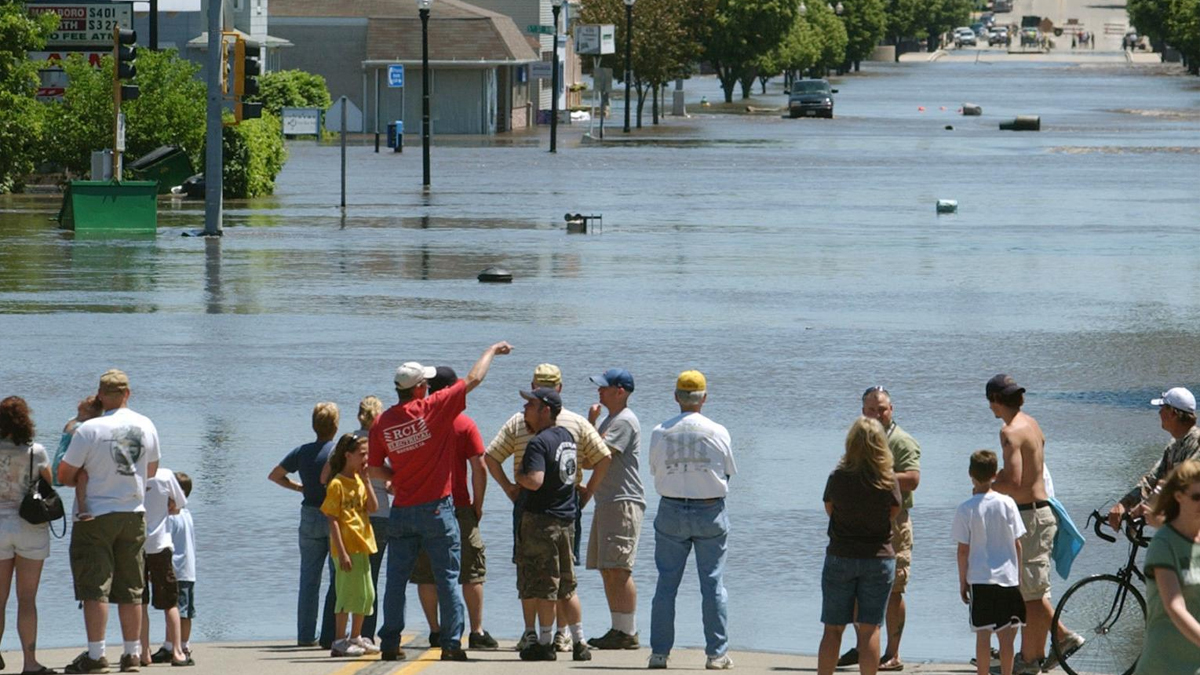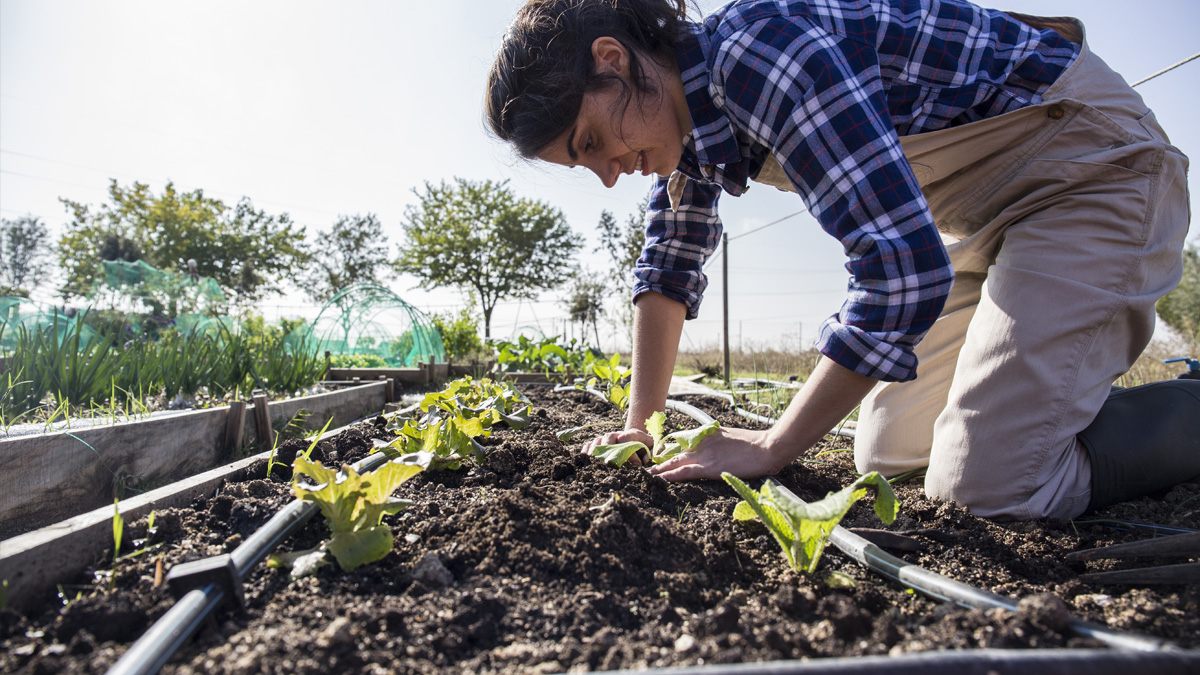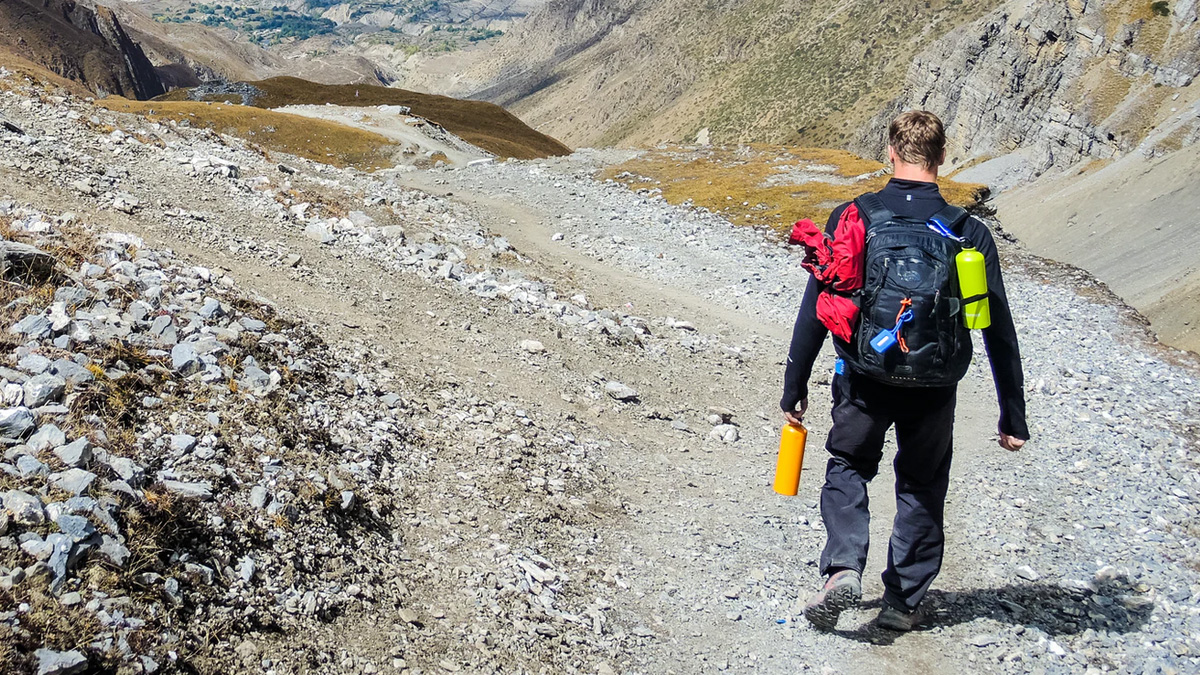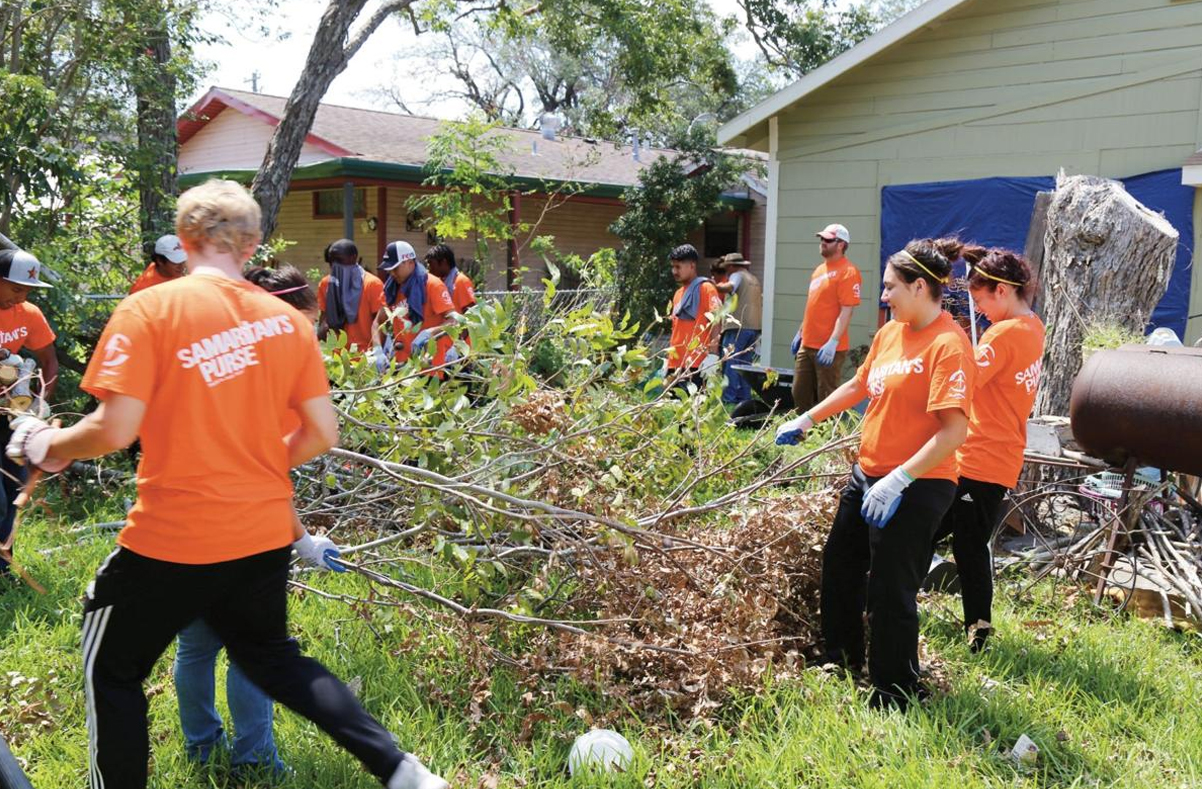on
The skills and instincts that enabled our not so distant ancestors to thrive has atrophied and nearly vanished. The average modern human is now so far removed from his natural habitat that most simply cannot survive in the very environment of even 100-150 years ago. Most modern humans can now only survive in a wholly artificial environment of their own creation. The average person from anywhere but a developing nation dropped into the wild and left to their own devices would soon perish.
“Survival situations are not limited to the wilderness. The end of the world as you know it, can arrive at home, on your way to work, at school or in the grocery store. We are now at a place we have never been before in society. Our world is rapidly changing, as are the threats we must face.” Decline and Decay: Strategies for Surviving the Coming Unpleasantness
It really doesn’t matter if we are subjected to an economic collapse, an electromagnetic pulse or yet another war in the endless line of wars. What’s coming will come and it’s beyond the scope of our power as individuals to prevent it. Your requirements to sustain life will be the same regardless of the life-changing event. You must satisfy these needs in order to survive:
- Water
- Shelter
- Fire (Energy)
- Food (energy in the form of calories)
- Medicine
- Security
- Sanitation
- Community (The lone wolf is a dead wolf)
We as individuals have little, if any, influence over the course of world events. It seems we can’t even rein in our own corrupt government. We must focus on the things that are within our power. We must control the controllable. We can’t cause Congress to balance the checkbook and embrace sound economic policy. However, as an individual, we can make sound economic decisions for ourselves, we choose to get fit, choose to learn new skills that will help us survive and maybe even thrive when things fall apart.
Normalcy Bias Defined

Whenever a natural disaster hits the survivors can usually be divided into two groups: Those who prepared ahead of time, and those that didn’t. The people who don’t prepare usually operate under the mindset that everything is going to be fine, and nothing bad is really going to happen. They underestimate the effect of natural disasters no matter how many warnings are flashed before their eyes. This denial of the possible danger during a disaster is known as Normalcy Bias.
“Normalcy bias is a psychological state of denial people enter in the event of a disaster, as a result of which they underestimate the possibility of the disaster actually happening, and its effects on their life and property. Their denial is based on the assumption that if the disaster has not occurred until now, it will never occur.“ AN INSIGHT INTO THE CONCEPT OF NORMALCY BIAS IN PSYCHOLOGY
Why Normalcy Bias is Dangerous
The reason that Normalcy Bias is so dangerous in the middle of a disaster is that the people who want to deny the event will look to the people who have prepared for the event for help. All of their denial means that they don’t have supplies ready for emergency situations, and that’s when desperation sinks in.

Normalcy Bias is a state of mind that develops before the disaster even starts, and it becomes exacerbated once the disaster event hits. Let’s examine the dangers of Normalcy Bias leading up to a disaster and why it’s such a huge threat once a disaster hits.
The normalcy bias can manifest itself in various disasters, ranging from car crashes to world-historical events. It is hypothesized that the normalcy bias may be caused by the way the brain processes new information. Stress slows information processing, and when the brain cannot find an acceptable response to a situation, it fixates on a single and sometimes default solution. This single resolution can result in unnecessary injury or death in disaster situations. The lack of preparation for disasters often leads to inadequate shelter, supplies, and evacuation plans. Thus, normalcy bias can cause people to drastically underestimate the effects of the disaster and assume that everything will be all right.
The opposite of normalcy bias is overreaction, or worst-case scenario bias, in which small deviations from normality are dealt with as signals of an impending catastrophe.
Combating the Negative Effects of Normalcy Bias
The negative effects of normalcy bias can be combatted through the four stages of disaster response:
- Mitigation
- Preparedness
- Response
- Recovery
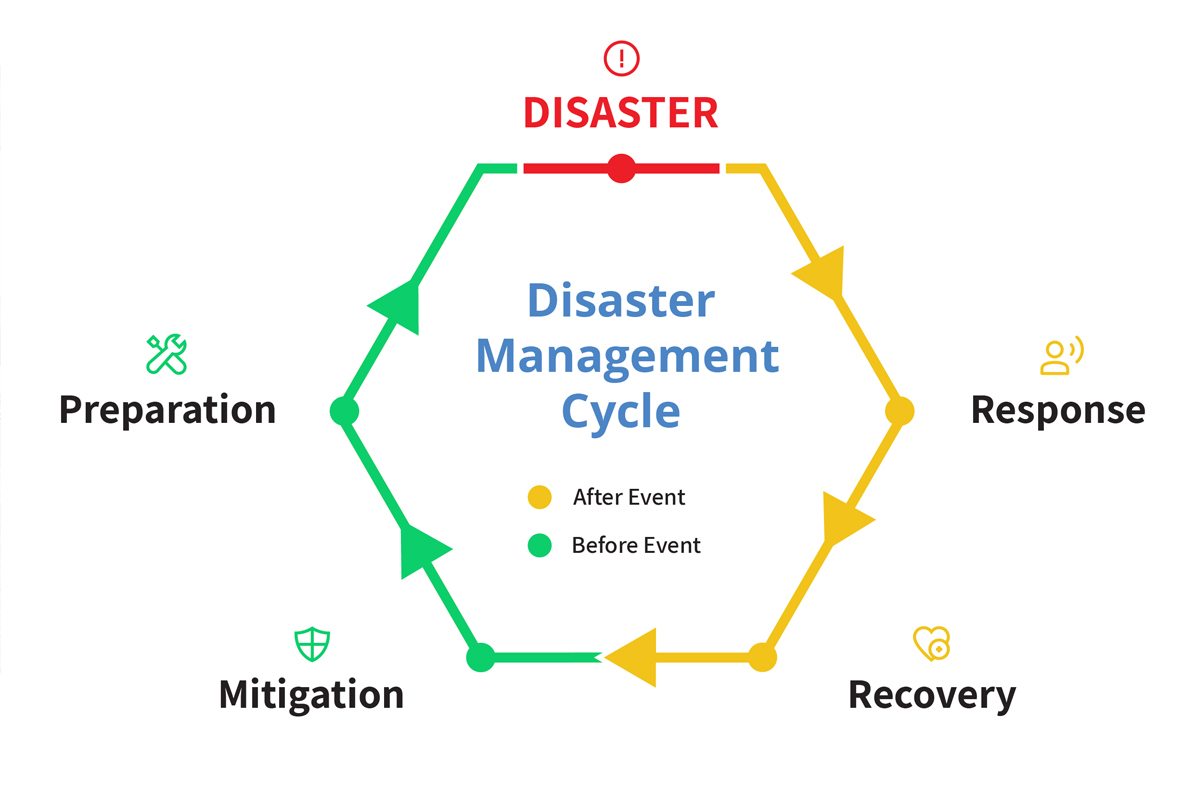
Phase 1: Mitigation
Meaning: To prevent future emergencies and take steps to minimize their effects
The “mitigation” phase occurs before a disaster takes place. During this phase you will take steps to protect people and property, while also decreasing risks and consequences from a given disaster situation. Your main goal is to reduce vulnerability to disaster impacts (such as property damage, injuries and loss of life). This could include things such as making sure your home and vehicle are in good repair, or that your debt to income ratio is low. Buying flood and fire insurance for your home is a mitigation activity.
Phase 2: Preparedness
Meaning: To take actions ahead of time to be ready for an emergency
The “preparedness” phase also occurs before a disaster takes place. This is the phase where you figure out how a disaster might affect you and your community. You come up with solutions and put plans in place to deal with potential problems. This could include things like promoting community first-aid classes or food preservation classes Evacuation plans and stocking food and water are both examples of preparedness.
Phase 3: Response
Meaning: To protect people and property in the wake of an emergency, disaster or crisis
The “response” phase occurs in the immediate aftermath of a disaster. You must focus your attention on addressing immediate threats to people and property. This is more easily accomplished if you have completed the two previous phases and have plans in place. This could mean getting someone out of a damaged home after an earthquake, providing first aid to someone that is injured, or putting a tarp on a damaged roof.
Phase 4: Recovery
Meaning: To rebuild after a disaster in an effort to return to some semblance of “normal”.
The “recovery” phase takes place after a disaster. This phase is the restoration of any impacts from a disaster. By this time, hopefully, you have achieved at least some degree of physical, environmental, economic, and social stability. Even if none of that looks quite like it did before. Members of your family and community are starting to feel safe again.
The recovery phase of a disaster can last anywhere from six months to a year (or even longer depending on the severity of the incident).
“Every person who prepares is one less person who panics in a crisis.“ MIKE ADAMSON, BRITISH RED CROSS
Get access to premium content and more!



